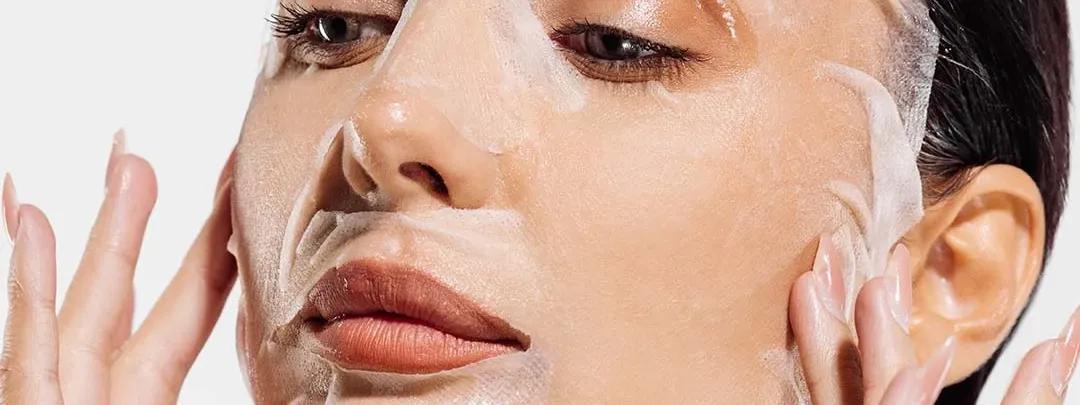Selecting the right age spot remover isn't just about picking the strongest ingredient. Your skin type, sensitivity level, and the severity of your pigmentation all play crucial roles. If you have sensitive skin, you'll want to start with gentler ingredients like kojic acid or niacinamide. Those with resilient skin might handle stronger formulations better.
Consider the concentration of active ingredients too. Higher doesn't always mean better, especially if you're just starting out. It's often worth beginning with lower concentrations and gradually increasing as your skin adapts.
Importance of Sun Protection
Here's the real talk: no skin pigment corrector will work effectively without proper sun protection. UV exposure can undo months of progress in just a few sunny days. Look for products that include SPF, or make sure you're applying a broad-spectrum sunscreen daily as part of your routine.
How to Use Hyperpigmentation Creams Effectively
Consistency is everything when it comes to treating pigmentation. Most products need to be used for at least 6-12 weeks before you see significant results. Start with a patch test to ensure your skin can tolerate the product, then begin with every other day application.
Always apply to clean, dry skin and follow with a moisturiser if the product doesn't already contain hydrating ingredients. Many active ingredients can make your skin more photosensitive, so evening application is often recommended.
Potential Side Effects and Precautions
Some irritation is normal when starting new active ingredients, but severe redness, burning, or peeling isn't. If you experience persistent irritation, discontinue use and consider consulting a dermatologist. Pregnant or breastfeeding women should avoid certain ingredients like hydroquinone and retinoids.
Natural Alternatives for Hyperpigmentation Treatment
If you prefer gentler approaches, several natural ingredients can help with mild pigmentation. Licorice root extract, arbutin, and azelaic acid derived from grains offer sun damage repair benefits without harsh side effects. However, natural doesn't always mean less effective—some botanical ingredients can be quite potent.
DIY remedies like lemon juice or baking soda masks might seem tempting, but they can actually worsen pigmentation or cause irritation. Stick to proven ingredients in properly formulated products for the best results.
Combining Treatments for Better Results
Layering compatible ingredients can boost your results. Vitamin C pairs well with niacinamide, whilst retinoids work brilliantly with hydrating ingredients. However, avoid combining too many active ingredients at once, as this can overwhelm your skin.
Professional treatments like chemical peels or laser therapy can complement your at-home routine. These treatments can accelerate results, but they require proper aftercare and sun protection to prevent post-treatment pigmentation.
Frequently Asked Questions


 50 ml
50 ml